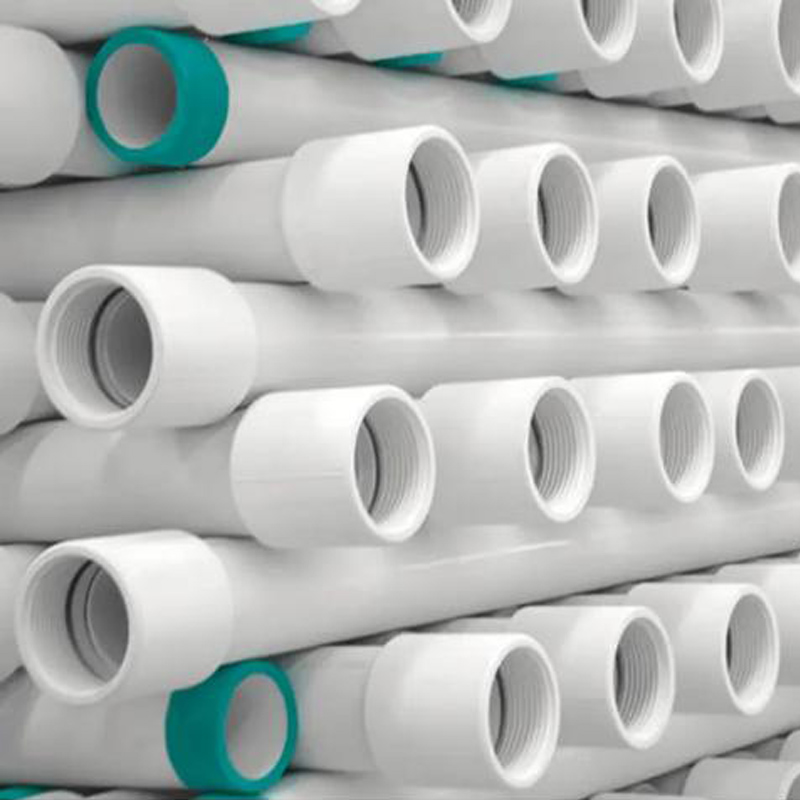Dec . 11, 2024 16:10 Back to list
HDPE Pipe Sizes and Dimensions for Various Applications and Industries
HDPE Pipe Sizes and Dimensions A Comprehensive Overview
High-Density Polyethylene (HDPE) pipes are a popular choice in various industries, ranging from water supply systems to wastewater management and gas distribution. Their durability, resistance to corrosion, and flexibility make them ideal for both residential and commercial applications. Understanding the different sizes and dimensions of HDPE pipes is crucial for engineers, contractors, and project managers to ensure optimal performance and efficiency in their projects.
Understanding HDPE Pipe Sizes
HDPE pipes are available in a variety of sizes, typically denoted by their nominal diameter and wall thickness. The nominal diameter is an approximate size that indicates the flow capacity of the pipe. Common sizes range from ½ inch to 63 inches in diameter, with specific size ranges catering to different applications.
The sizes of HDPE pipes are standardized, which means they comply with various specifications laid out by organizations such as the American Society for Testing and Materials (ASTM) and the International Organization for Standardization (ISO). This ensures that the pipes meet certain performance benchmarks and can be used interchangeably in various applications.
Key Dimensions of HDPE Pipes
In addition to nominal diameter, the dimensions of HDPE pipes include wall thickness and length. The wall thickness is critical as it determines the pipe's pressure rating and its ability to withstand external forces. The most common wall thicknesses are classified under the Standard Dimension Ratio (SDR), which is a measure of the ratio of the pipe's diameter to its wall thickness. Lower SDR numbers indicate thicker walls and higher pressure capacities.
For example, an SDR 11 rating means that the pipe has relatively thick walls, making it suitable for high-pressure applications. Conversely, an SDR 17 rating denotes a thinner wall, which works well for lower-pressure needs. It is essential to choose the right SDR to fit the specific demands of a project.
HDPE pipes are often available in standard lengths of 20 feet or 40 feet; however, they can also be custom manufactured in longer lengths to meet the requirements of specific projects. Longer pipes can reduce the number of joints needed, minimizing potential leak points in the system.
HDPE Pipe Applications
hdpe pipe sizes and dimensions factories

Due to their versatile sizing and robust nature, HDPE pipes are employed across various applications including
1. Water Supply HDPE pipes are increasingly being used for potable water systems, ensuring safe and clean drinking water delivery. 2. Wastewater Management Their resistance to chemical corrosion makes them ideal for managing and transporting sewage and wastewater.
3. Irrigation Systems Agricultural applications benefit from HDPE’s reliability and flexibility, providing efficient irrigation solutions.
4. Gas Distribution The strength and endurance of HDPE pipes make them suitable for natural gas and other fuel gas distribution systems.
5. Industrial Applications Industries often utilize HDPE pipes to transport chemicals and other corrosive substances, capitalizing on their ability to withstand harsh conditions.
Benefits of HDPE Pipes
The benefits of using HDPE pipes extend beyond just their dimensions and sizes. They offer several advantages including
- Durability HDPE pipes can last for over 50 years if properly installed and maintained. - Resistance to Corrosion Unlike metal pipes, HDPE does not rust or corrode, making it ideal for various environments. - Low Maintenance The smooth inner surface reduces friction, minimizing the chances of blockages and the need for frequent cleaning. - Environmental Friendliness HDPE is recyclable and has a lower carbon footprint compared to traditional materials like PVC or concrete.
Conclusion
Understanding HDPE pipe sizes and dimensions is essential for effective planning and execution of projects across various sectors. The standardization of these pipes ensures that they meet industry specifications, making them a reliable choice for engineers and contractors. With their numerous applications and benefits, HDPE pipes continue to be a preferred option in the construction and utility industries. By choosing the right size and dimension, professionals can significantly enhance the efficiency and longevity of their piping systems, ultimately contributing to more sustainable infrastructure development.
-
DN100 PVC Pipes for Well Casings - Durable & Corrosion-Resistant
NewsAug.22,2025
-
HORON 25mm PPR Plumbing Pipes: Durable, Reliable & Leak-Proof
NewsAug.21,2025
-
32mm HDPE Pipes in Coil: Flexible & Durable Water Supply
NewsAug.19,2025
-
Flexible 32mm HDPE Pipes in Coil - Durable & Easy Install
NewsAug.18,2025
-
HDPE Sprinkler Pipe Manufacturers - Quality & Durable Solutions
NewsAug.17,2025
-
Durable DN100 PVC Well Casing Pipes for Reliable Water Supply
NewsAug.16,2025

